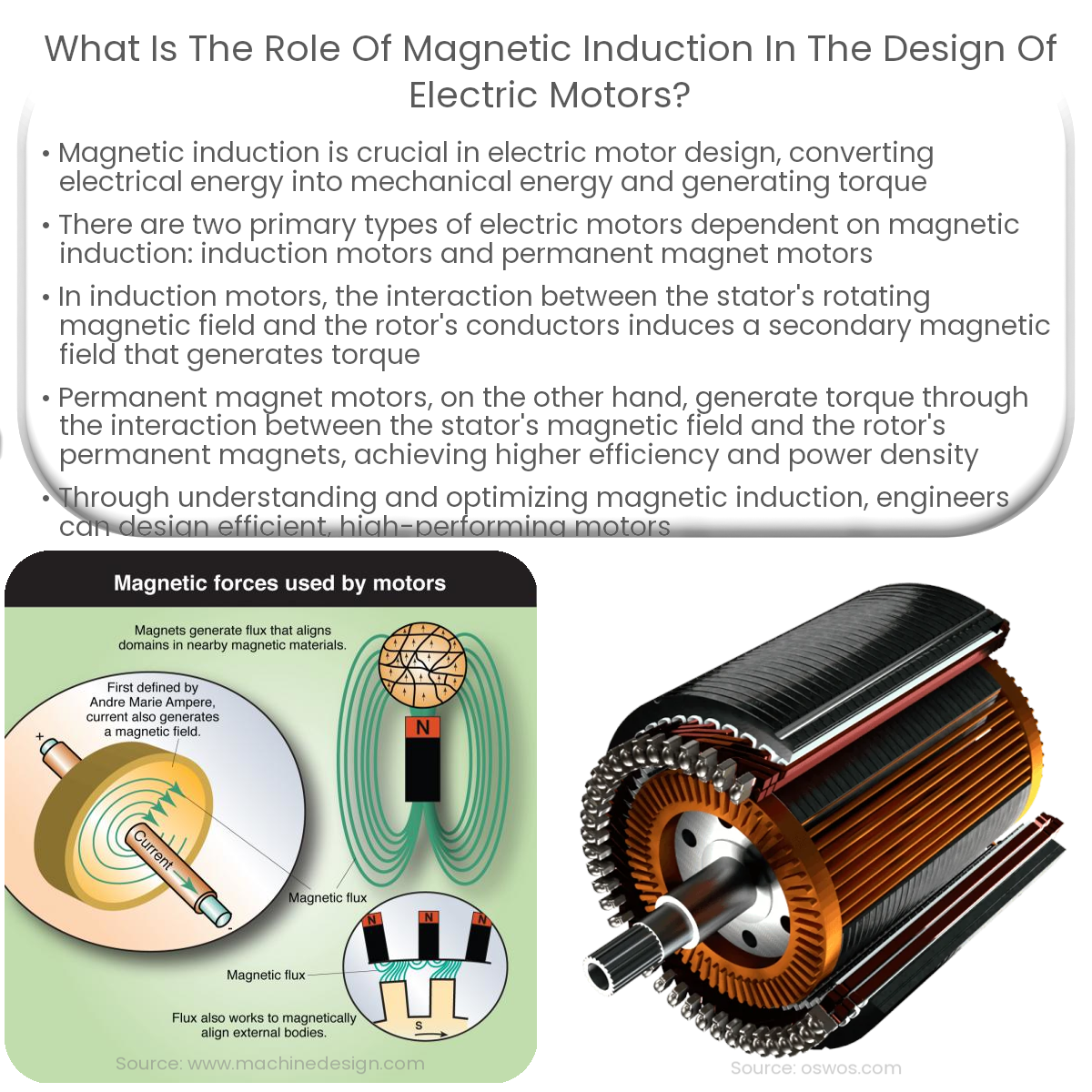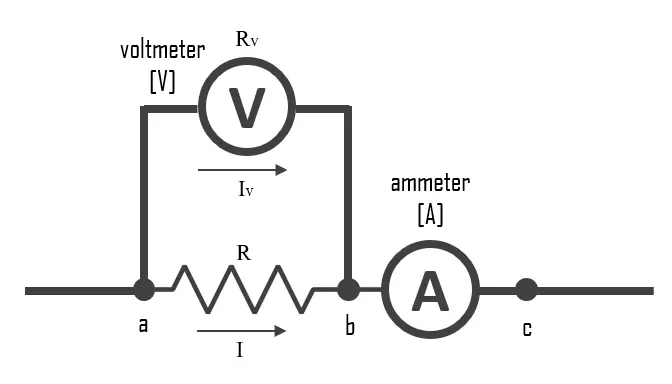Magnetic induction is crucial in electric motor design, generating torque through interactions between stator’s magnetic field and rotor conductors or magnets.
The Role of Magnetic Induction in Electric Motor Design
Electric motors convert electrical energy into mechanical energy using the principles of magnetic induction. This article discusses the role of magnetic induction in the design of electric motors, including its effects on performance and efficiency.
Principles of Magnetic Induction in Electric Motors
In electric motors, magnetic induction is the key mechanism for generating torque, the force that rotates the motor’s shaft. When a current-carrying conductor is placed in a magnetic field, it experiences a force called the Lorentz force. This force is responsible for creating the rotational motion in the motor.
There are two main types of electric motors that rely on magnetic induction:
- Induction Motors: Also known as asynchronous motors, these motors have a stator that generates a rotating magnetic field and a rotor that follows the field, creating torque.
- Permanent Magnet Motors: These motors have a stator that generates a magnetic field and a rotor with permanent magnets that interact with the stator’s field, creating torque.
Magnetic Induction in Induction Motor Design
In induction motors, the stator is made of windings that carry alternating current, generating a rotating magnetic field. The rotor is typically a shorted conductor, such as a squirrel cage or wound rotor. The interaction between the stator’s rotating magnetic field and the rotor’s conductors induces an EMF and current in the rotor, creating a secondary magnetic field that generates torque.
Magnetic induction plays a significant role in the performance and efficiency of induction motors. Motor designers optimize factors such as winding patterns, core materials, and rotor geometry to improve the magnetic coupling between the stator and rotor, enhancing torque production and minimizing losses.
Magnetic Induction in Permanent Magnet Motor Design
In permanent magnet motors, the stator windings generate a magnetic field that interacts with the permanent magnets on the rotor, producing torque. Unlike induction motors, these motors do not rely on induced currents in the rotor, leading to higher efficiency and power density.
Magnetic induction is critical in permanent magnet motor design, as the performance and efficiency depend on the interaction between the stator’s magnetic field and the rotor’s permanent magnets. Designers optimize factors such as magnet size, shape, and material to maximize torque production and minimize losses.
Conclusion
Magnetic induction is fundamental to the design and operation of electric motors, as it is the primary mechanism for generating torque. By understanding the principles of magnetic induction and optimizing various design factors, engineers can create efficient, high-performance motors for a wide range of applications.




